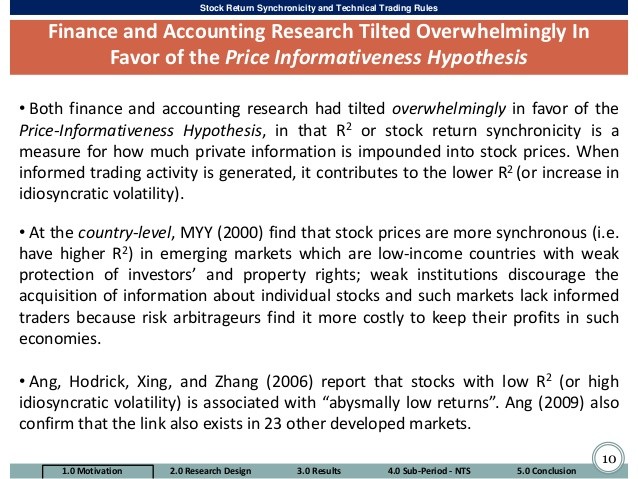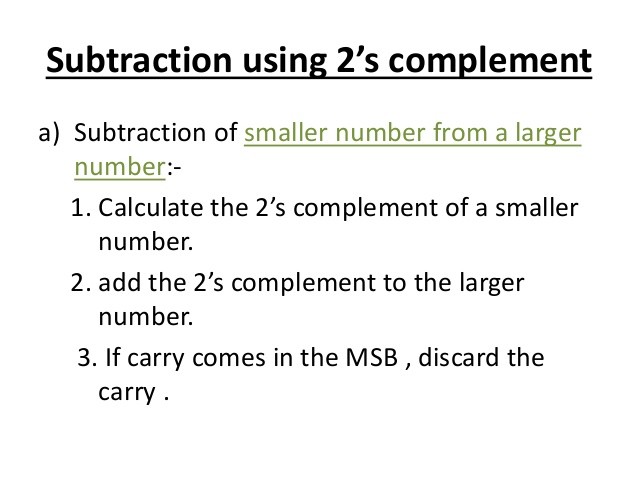10 Rules of technical trading
Post on: 30 Май, 2015 No Comment

There are two major types of analysis normally used to forecast the performance of commodity futures: fundamental and technical. Fundamental analysis examines the supply and demand factors that influence price, while technical analysis is the study of price and price behavior. The world of technical analysis is complex, but with a working knowledge can be applied to virtually any market. There are literally hundreds of different patterns and indicators that technical analysts look at, but you should find early on what works for you and what doesnt. Here we set out to introduce you to 10 important rules of technical trading as first described by technical trading legend John J. Murphy.
Anyone who has ever looked into technical analysis will have heard of Murphy; a technical analyst with more than 35 years of market experience. His book, Technical Analysis of the Financial Markets, should be part of every traders library. Murphy wrote The 10 Important Rules of Technical Trading, and these principles remain relevant today. We can learn from and build on them.
Adding to their appeal, Murphys rules are designed to explain the concept of technical trading to the beginner and to streamline the trading methodology of the more experienced market participant. They are meant to equip traders with a meaningful framework on which to pin their own technical analysis, and assist with answering some of the following questions: Which way is the market moving? How far up or down will it go? And when will it go the other way? These are the basic concerns of the technical analyst.
Even if you have read Murphys rules before, it is always a good idea to re-visit them. Below are Murphy’s 10 Most Important Rules of Technical Trading, followed by my commentary (in italics) on specific aspects of the rules:

1. Map the Trends Study long-term charts. Begin a chart analysis with monthly and weekly charts spanning several years. A larger scale map of the market provides more visibility and a better long-term perspective on a market. Once the long-term has been established, then consult daily and intra-day charts. A short-term market view alone can often be deceptive. Even if you only trade the very short term, you will do better if youre trading in the same direction as the intermediate and longer term trends.
Matt Bradbard: When establishing a position trade, look at the monthly, weekly, and then daily chart in that order. My best trades have said the same thing on all three time frames; buy or sell.














